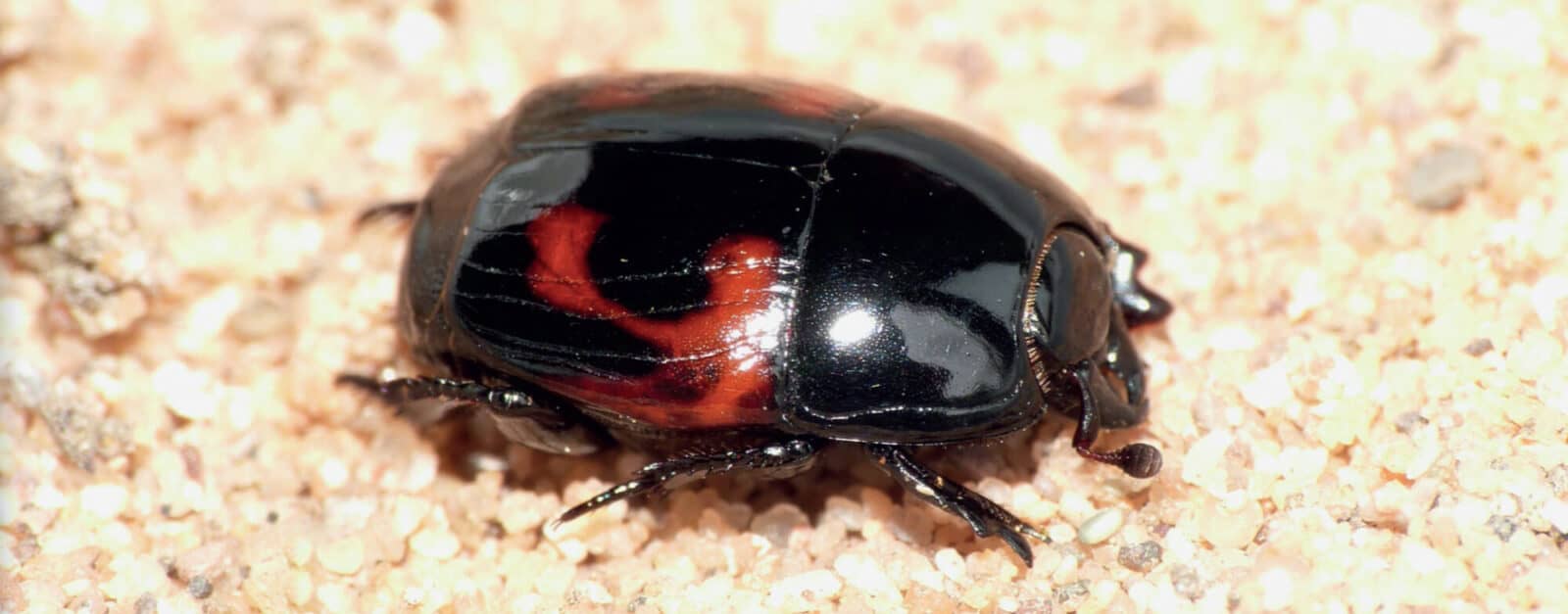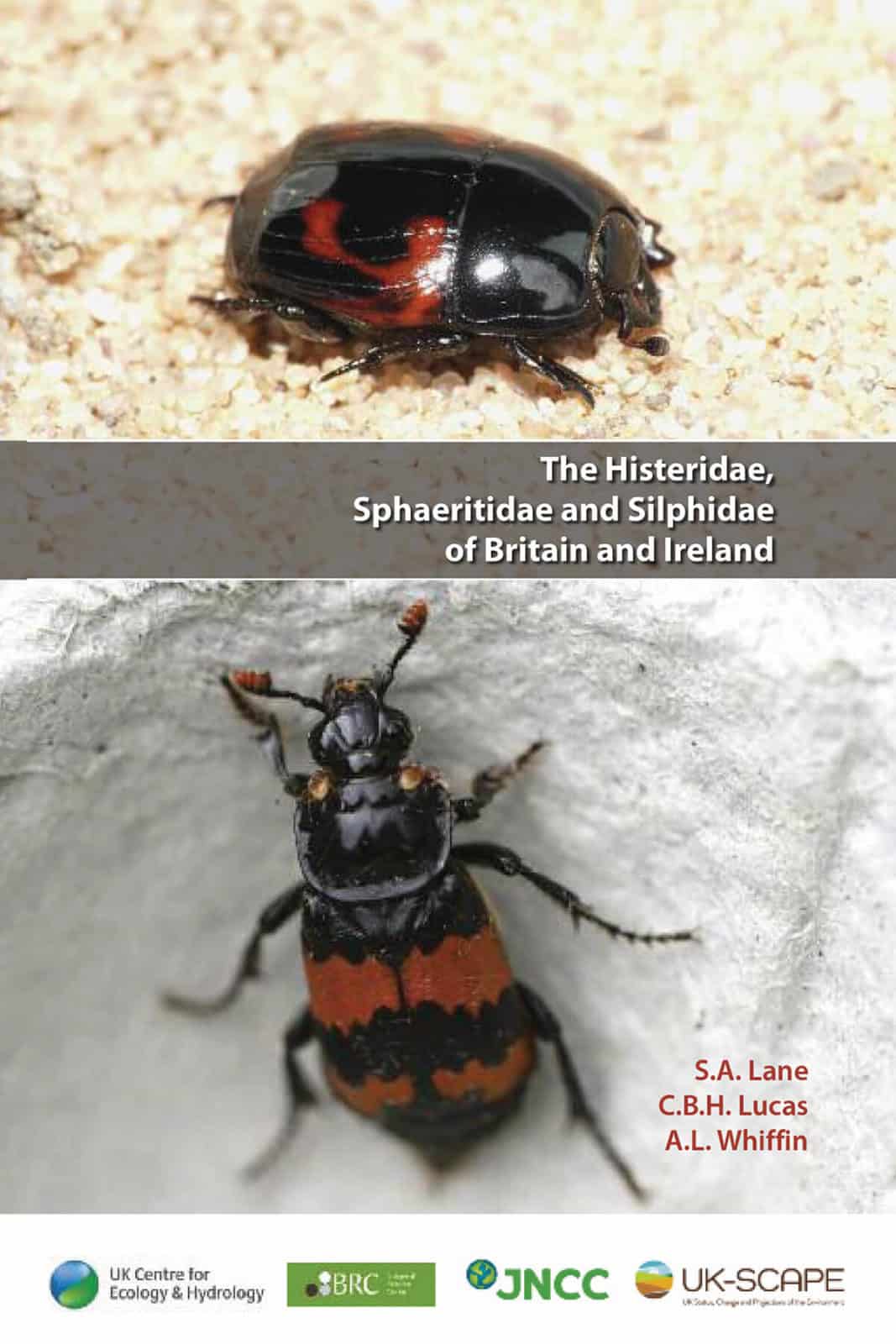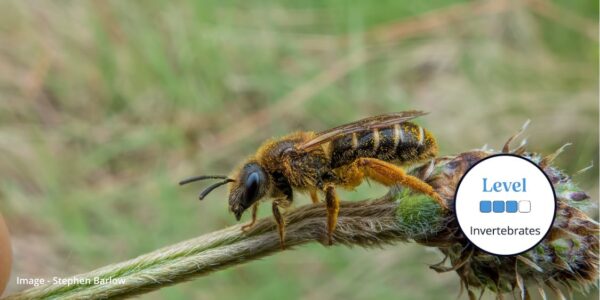Histeridae and Silphidae atlas
The Histeridae and Silphidae atlas covers 75 beetle species in three families. These are Histeridae (clown beetles), Sphaeritidae (false clown beetles) and Silphidae (carrion beetles).
What makes this book special is that it is not just an atlas. It’s also a brand new identification guide. So as well as maps of recent and historical distributions in Britain and Ireland, there are new keys to all recorded species. Many of these beetles can be identified in the field. Colour photographs feature throughout.
Many of these large and charismatic beetles are predators in dung or decomposing fungi and carrion. They feed on all life stages of other invertebrates, particularly Diptera larvae. Several species are widespread and common. Indeed a few of them regularly turn up in moth traps.
Collecting these beetles is an enjoyable challenge. The authors have suggested several different techniques to try. Pitfall traps and hanging traps are effective. Dead animals attract carrion beetles. Since many clown beetles live under tree bark, large bracket fungi are worth searching. Others are common in horse and cattle dung. Hot manure heaps can be particularly productive in winter. A few species associate with the nests of ants, birds or mammals. The atlas includes a comprehensive table of the species found in the principal microhabitats.
The aim of this atlas is to encourage the identification and recording of these fascinating insects. Unfortunately these beetles are relatively unpopular when compared to more showy groups such longhorn beetles. The authors run the national recording schemes, holding over 47 000 records. Accompanying species accounts include threat and rarity statuses. Distribution maps and phenology graphs are also included for each species.



